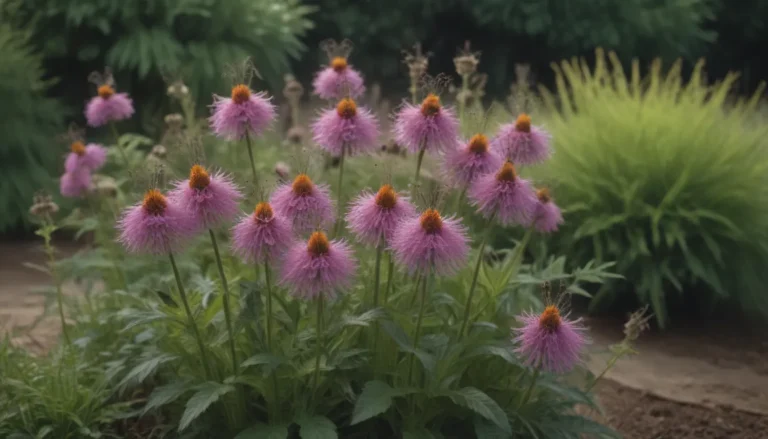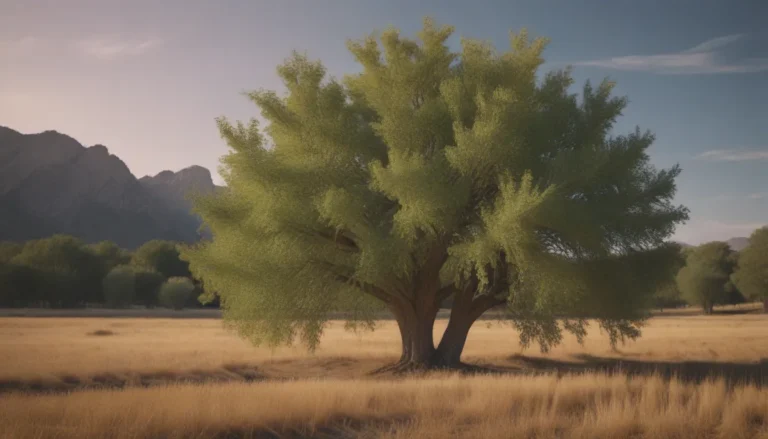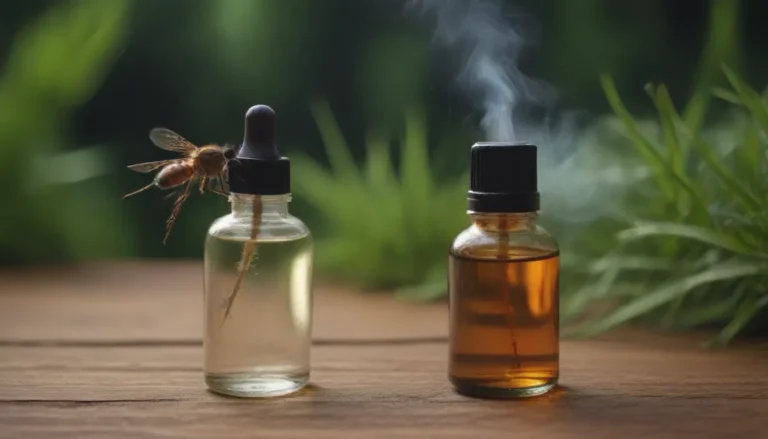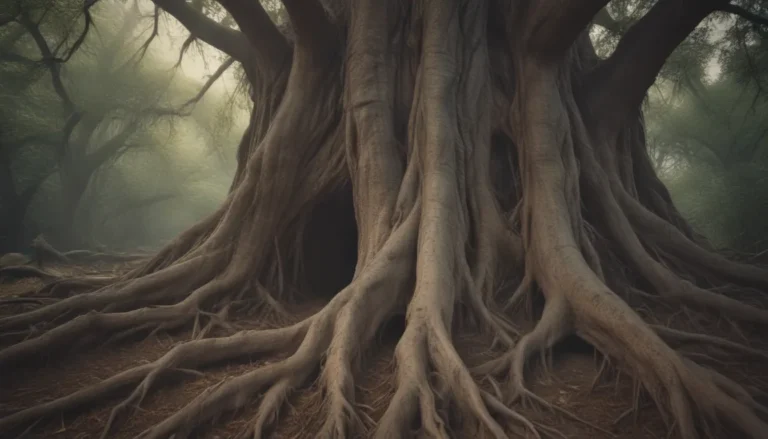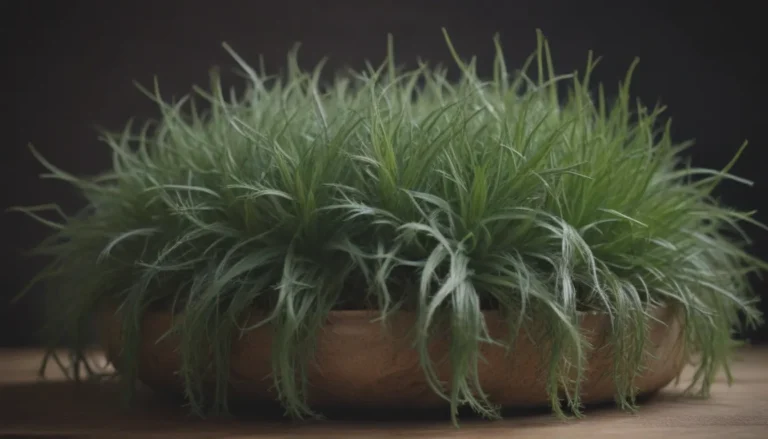Ultimate Guide to Potting Soil for Indoor Plants and Container Plants
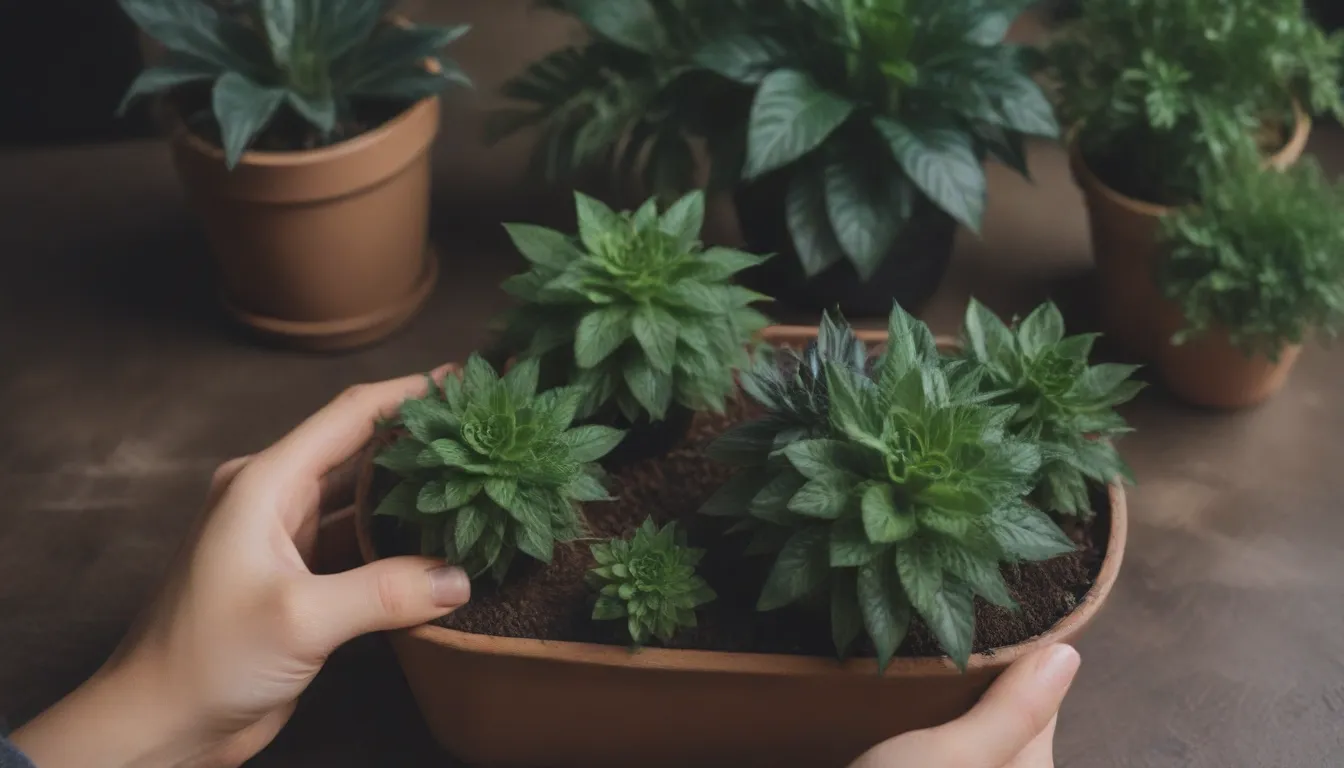
When it comes to taking care of your indoor and container plants, the type of potting soil you use plays a crucial role in their overall health and growth. Most commercial potting mixes are convenient but may not provide the long-term support your plants need. In this comprehensive guide, we will delve into the nature of soil mixes, the problems with decomposing potting soil, and how to improve your potting soil. We will also discuss what indoor plants need from soil, the best potting mixes for indoor and container plants, and how to choose the right potting mix for your specific plants.
Understanding Soil Mixes
Most commercial potting mixes are peat-based and pH adjusted with lime. While these mixes may look good fresh out of the bag and often come enhanced with fertilizer or water-retention crystals, they are not designed for long-term use. Peat decomposes quickly, causing issues like compression, drainage problems, and salt buildup that can negatively impact your plants’ health. To ensure your plants thrive, it’s essential to take steps to improve your potting soil.
Problems With Decomposing Potting Soil
As potting soil decomposes, it can lead to several issues that affect your plants:
- The peat slowly compresses.
- Drainage is impeded.
- Salt builds up.
To prevent these problems from impacting your plant’s growth, it’s essential to take proactive measures to improve your potting soil.
How to Improve Your Potting Soil
To ensure your plants have the soil they need to thrive, consider the following steps:
- Repot your plants every year.
- Enhance bagged potting mix with additional materials.
- Thoroughly flush the soil every month.
- Wick your pots to maintain proper moisture levels.
- Consider making your own potting mix customized to your plants’ needs.
By taking these proactive steps, you can create an optimal environment for your indoor and container plants to flourish.
What Indoor Plants Need From Soil
Houseplants have specific requirements when it comes to soil, as they grow in confined spaces and rely on potting mix to provide both moisture retention and drainage. Indoor plants also require regular fertilization, as nutrients tend to get washed out with frequent watering. Additionally, different houseplants have varying pH requirements, with many thriving in a slightly acidic to neutral pH range.
Best Potting Mix for Indoor Plants
Indoor plants thrive best in a potting mix rather than potting soil, as mixes are lighter and less dense. The ideal potting mix for indoor plants should have a fluffy, light texture to maximize aeration and drainage. Materials like perlite, vermiculite, peat moss, sand, wood fiber, and coconut fiber are commonly added to potting mixes to enhance their quality. Additionally, slow-release fertilizer is often included to provide nutrients for the plants.
Best Potting Mix for Container Plants
Container plants have similar needs to indoor plants but may require additional considerations depending on the plant type. For example, vegetable plants in containers require nutrient-rich, fertile soil that sustains rapid growth over a single season. Potting mixes for container plants often include materials like sphagnum peat moss, perlite, humus, compost, and organic materials to enhance drainage, moisture retention, and nutrient content.
When choosing a potting mix for container plants, consider the specific needs of your plants and select a mix that provides the right balance of water retention, drainage, and nutrients. Tailored mixes are available for different plant types, such as cacti, succulents, aroids, citrus trees, and more.
Soil vs. Potting Mix
It’s important to distinguish between soil and potting mix when selecting the right medium for your plants. Soil refers to the natural material present in the ground, while potting mix is a manmade blend designed for potted plants. Potting mix is customized to provide the ideal growing conditions for container plants and typically contains a mix of organic materials, additives for drainage and water retention, and sometimes specific nutrients tailored to certain plant types.
Select the right potting mix based on your plants’ specific needs to ensure they receive the proper support for healthy growth and development.
In conclusion, choosing the right potting soil for your indoor and container plants is essential for their long-term health and vitality. By understanding the nature of soil mixes, the problems with decomposing potting soil, and how to improve your potting mix, you can create an optimal growing environment for your plants. Consider the unique requirements of indoor and container plants when selecting potting mixes, and tailor your choice to provide the best support for your plants’ growth. With the right potting soil, your plants will thrive and flourish, bringing beauty and greenery into your home or garden.

